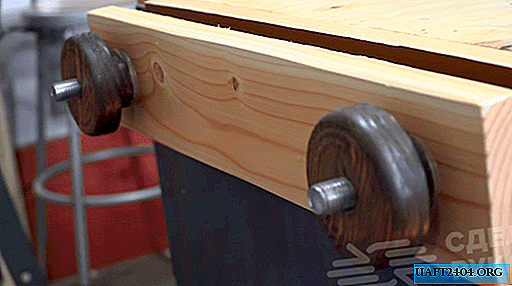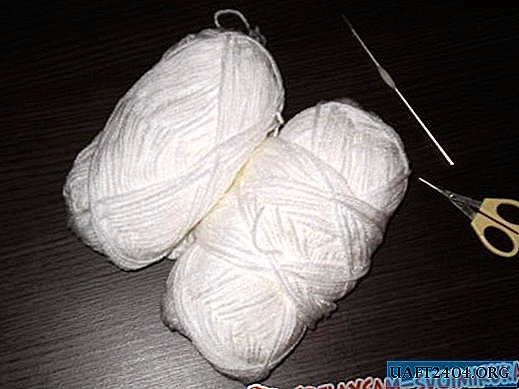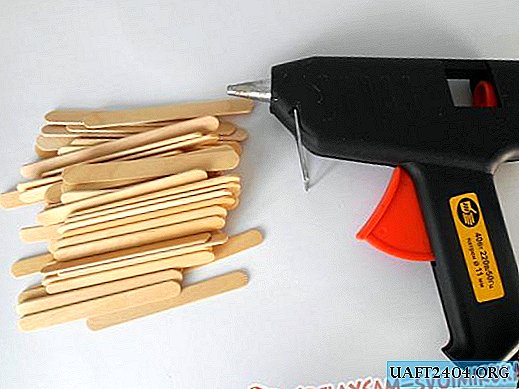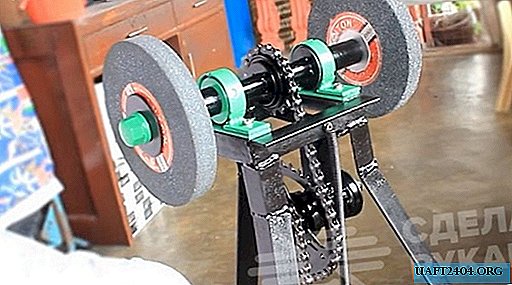
Whereas metalwork is mainly used for working with metal, a carpenter’s clamp is often used to process wood blanks, which is attached directly to the workbench. Unlike clamps, it allows you to fix the workpiece vertically.

Using a joinery clamp on a workbench, you can, for example, clamp and process axes, handles for hammers, etc. First of all, it will be necessary to cut off the size of the two boards from which the sponges will be made: one movable, the second - motionless.
Next, we mark and drill two through holes at the edges for the screw. It will also be necessary to cut wooden handles, drill through holes in them, and use a chisel to make a recess for the nut.

The main stages of work
First we bring to mind the handles of carpentry clamps. We "screw" the nuts into the previously cut through a chisel recess. For greater reliability, we use epoxy or any other two-component adhesive. Then the pens should be painted with stain or mineral oil.

In the fixed sponge, it is also necessary to make recesses for the nuts. Then we glue a piece of leather to the boards on one side (it is not necessary to use genuine leather - artificial leather is quite suitable).

At the next stage, we proceed to the installation of a bench vise. First, we drill two holes in the workbench itself and insert the screws. On the reverse side we put clamping jaws on the screw and wind the handles.

For details on how to make a carpenter's clamp on a workbench for wooden blanks with your own hands, see the video on the website.











